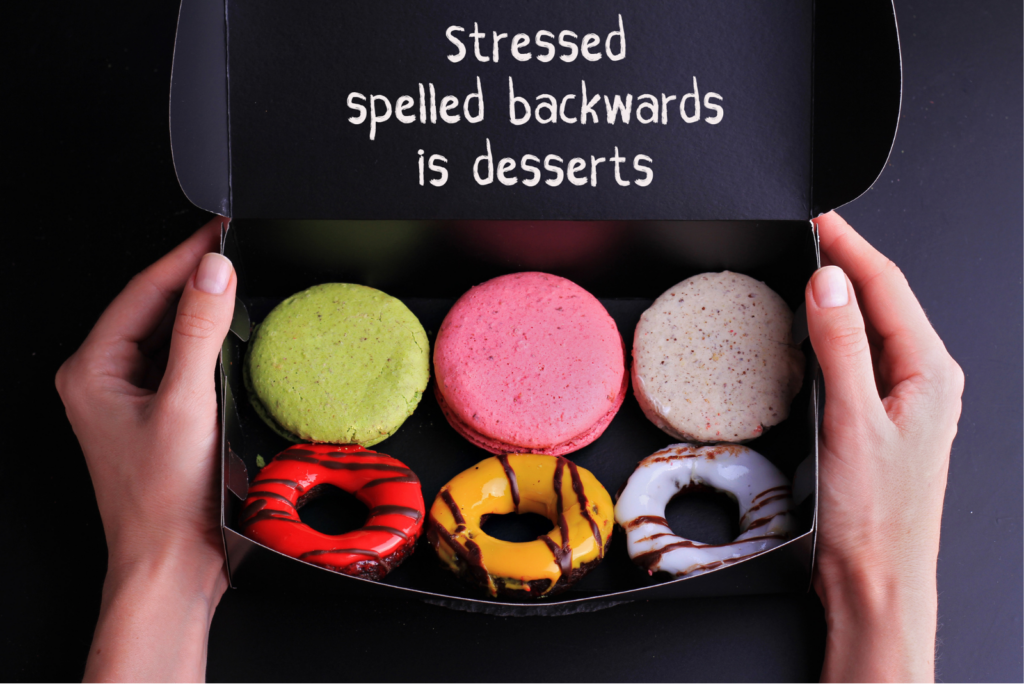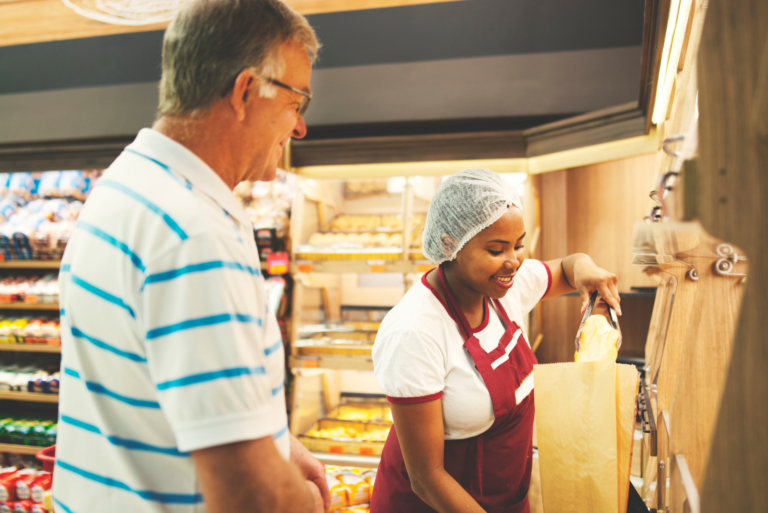KANSAS CITY, MO — In a post-COVID era, consumers view purchase barriers far differently than they did just a few years ago. When inflation hit an all-time high, people had to rethink their spending, but they did so in more strategic ways. Unlike recession years of the ‘90s and early 2000s, when consumers halted spending in specific aspects of their lives, the “life’s too short” post-pandemic effect is keeping concepts like loyalty and self-care top of mind.
To that end, areas like the grocery perimeter, where offerings like fresh bakery products might be perceived as more expensive, often remain attractive to consumers based on how they see the value proposition.
“Value means different things to different people,” said John Dubois, VP, fresh foods of Acosta Group. “Retailers will make an immersive perimeter experience for the consumer because some people choose a store because they prefer the experience.”










